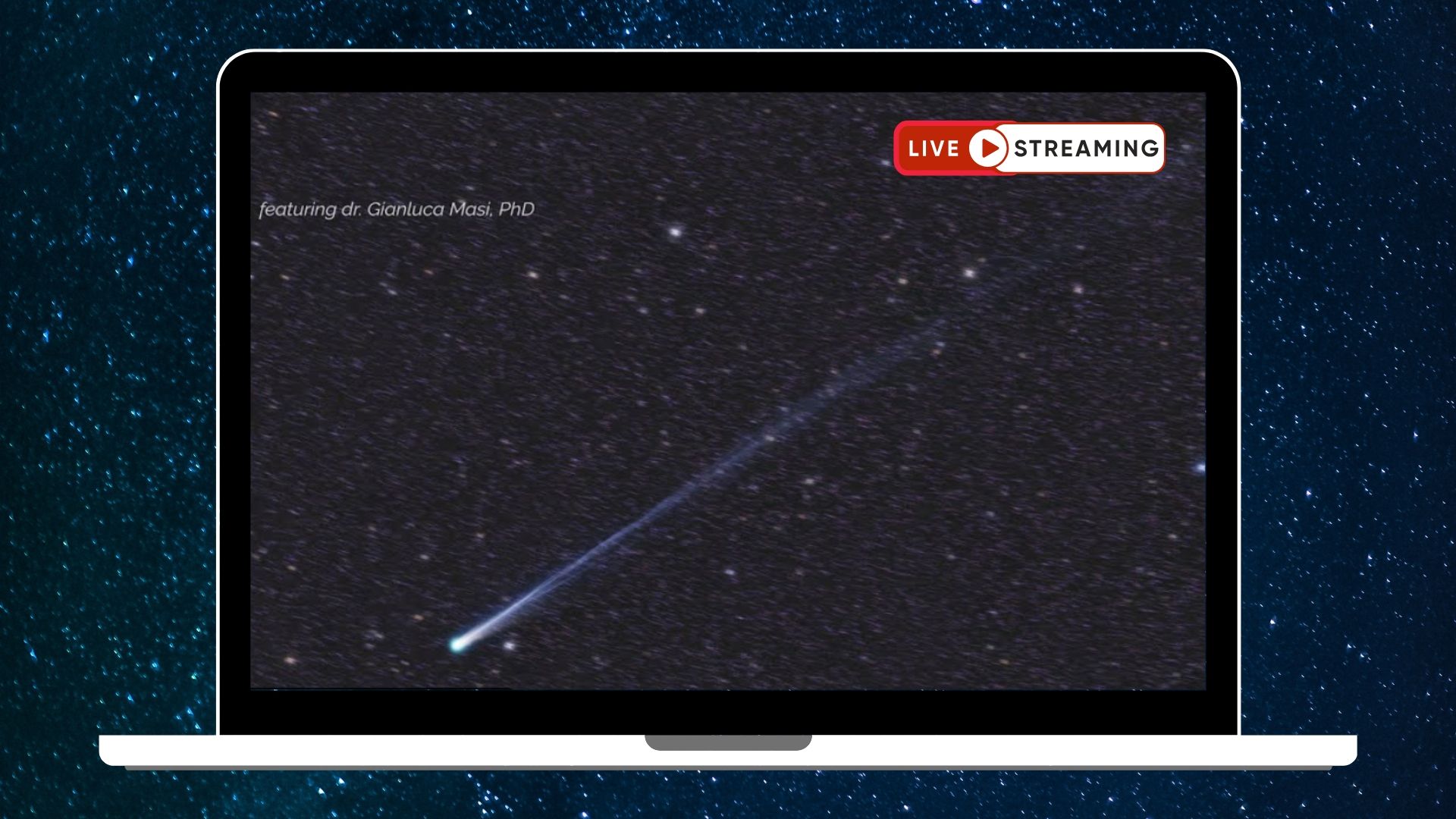Science
Comets Lemmon and SWAN Approach Earth: Watch Live Today

Two comets, C/2025 A6 Lemmon and C/2025 R2 SWAN, are set to make their closest approach to Earth today, offering a rare opportunity for enthusiasts and astronomers alike. The Virtual Telescope Project, led by astronomer Gianluca Masi, will host a special livestream event starting at 1:30 p.m. EDT (1730 GMT) on October 20, 2025. Viewers can tune in to watch the comets as they pass within striking distance of our planet.
Details of the Cometary Pass
Comet Lemmon will come within approximately 56 million miles (90 million kilometers) of Earth, while Comet SWAN will approach even closer, at around 24 million miles (39 million kilometers). This dual appearance in the night sky is a unique event, as both comets are expected to reach their peak brightness between today and tomorrow.
According to Masi, “So far, living in the Northern hemisphere, I could admire C/2025 A6 Lemmon only, but C/2025 R2 SWAN is quickly joining the show and we are ready to amaze every astronomy lover with our live feed!” This enthusiasm reflects the excitement within the astronomical community as viewers prepare for this cosmic spectacle.
Viewing Opportunities and Equipment
Comet C/2025 A6 (Lemmon), discovered in January 2025, has been brightening steadily as it journeys through the inner solar system. It is visible in the western evening sky after sunset, making it accessible for casual observers using binoculars or small telescopes. For those interested in enhancing their viewing experience, the Celestron UpClose G2 10×50 binoculars are a cost-effective option, priced under $50.
On the other hand, Comet SWAN, discovered in September 2025 by the Solar and Heliospheric Observatory’s SWAN instrument, is best observed during the predawn hours. As it drifts away from the sun, it appears low on the eastern horizon.
For those eager to spot the comets themselves, guides for selecting the best binoculars and telescopes for beginners, along with tips for photographing comets, are available. Additionally, a night sky guide can provide insights into other celestial highlights this month.
As this remarkable event unfolds, viewers are encouraged to share any captured images of Comet Lemmon or Comet SWAN with Space.com at [email protected]. This is an exciting time for astronomy enthusiasts, and the chance to witness these comets makes it a memorable occasion for skywatchers worldwide.
-

 Technology5 months ago
Technology5 months agoDiscover the Top 10 Calorie Counting Apps of 2025
-

 Health2 months ago
Health2 months agoBella Hadid Shares Health Update After Treatment for Lyme Disease
-

 Health3 months ago
Health3 months agoErin Bates Shares Recovery Update Following Sepsis Complications
-

 Technology4 months ago
Technology4 months agoDiscover How to Reverse Image Search Using ChatGPT Effortlessly
-

 Technology1 month ago
Technology1 month agoDiscover 2025’s Top GPUs for Exceptional 4K Gaming Performance
-

 Technology2 months ago
Technology2 months agoElectric Moto Influencer Surronster Arrested in Tijuana
-

 Technology5 months ago
Technology5 months agoMeta Initiates $60B AI Data Center Expansion, Starting in Ohio
-

 Technology5 months ago
Technology5 months agoRecovering a Suspended TikTok Account: A Step-by-Step Guide
-

 Health4 months ago
Health4 months agoTested: Rab Firewall Mountain Jacket Survives Harsh Conditions
-

 Lifestyle5 months ago
Lifestyle5 months agoBelton Family Reunites After Daughter Survives Hill Country Floods
-

 Technology4 months ago
Technology4 months agoHarmonic Launches AI Chatbot App to Transform Mathematical Reasoning
-

 Technology3 months ago
Technology3 months agoUncovering the Top Five Most Challenging Motorcycles to Ride




















